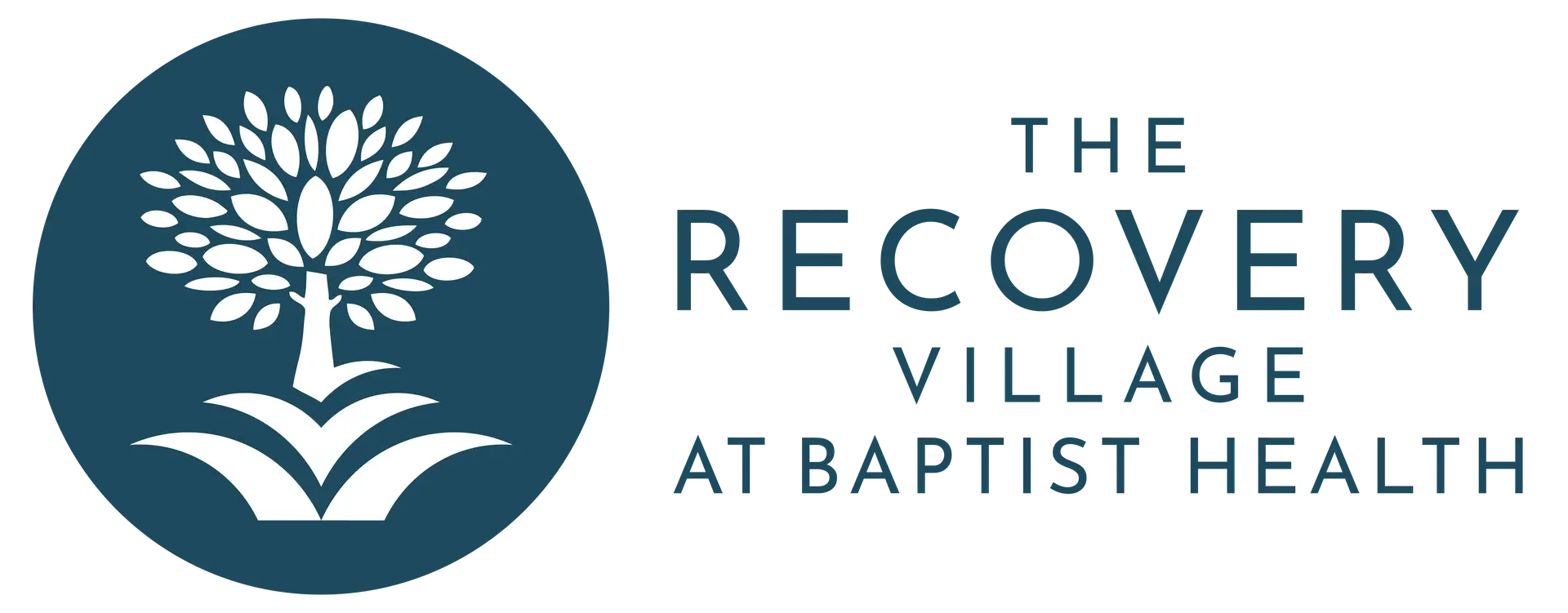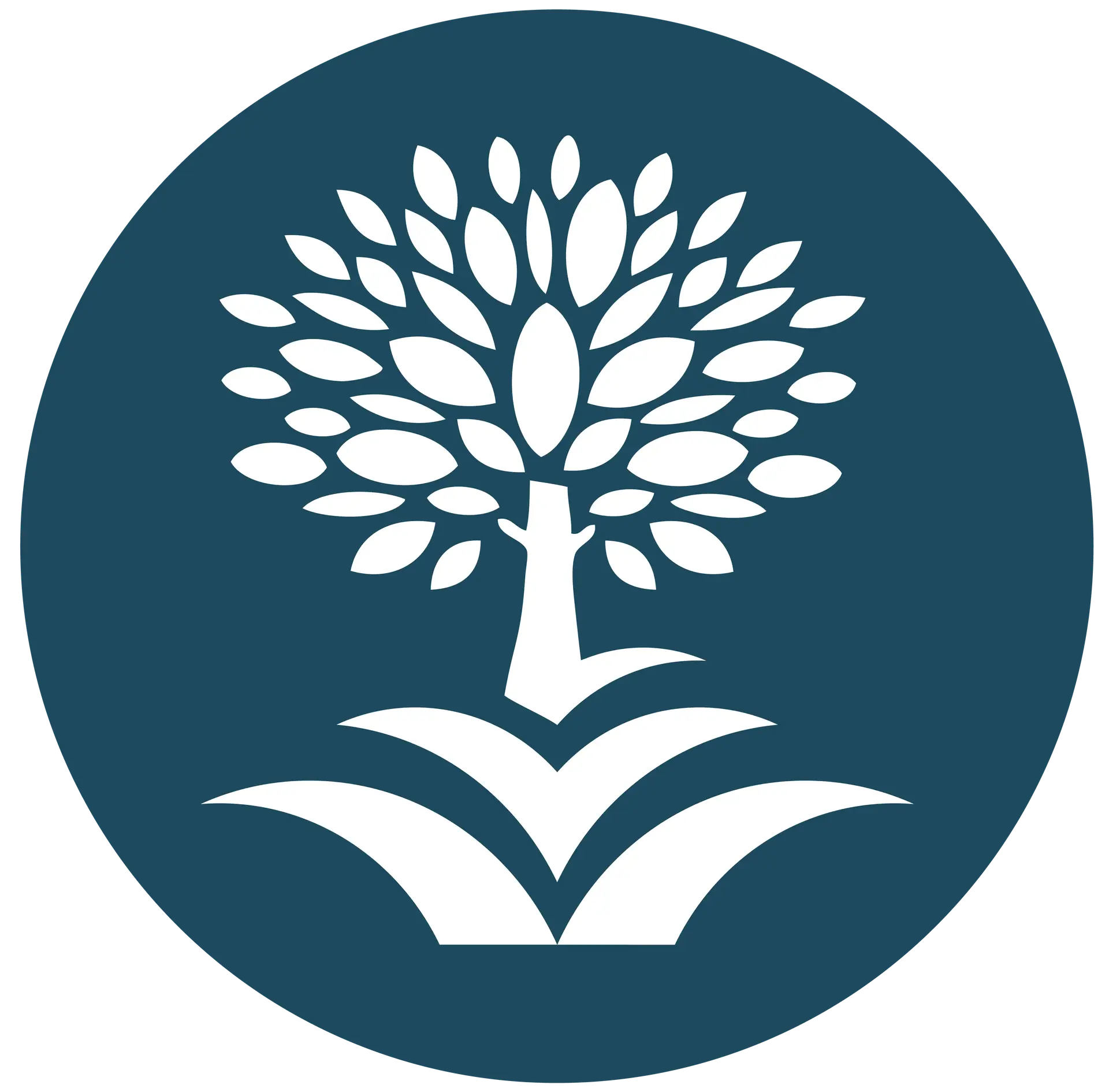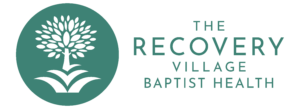Key Takeaways
- Heroin addiction is a chronic condition that alters brain chemistry and can lead to long-term health issues.
- Physical signs of heroin use include sudden weight loss, visible needle marks, skin infections, constricted pupils and frequent drowsiness.
- Behavioral changes in heroin users may consist of increased secrecy, social withdrawal and changes in habits or routines.
- Psychological indicators of heroin addiction encompass mood swings, depression, agitation, anxiety and cognitive impairments.
- Heroin addiction can result in serious health complications, including infectious diseases, respiratory issues and overdose risks.
- Legal consequences of heroin use can include incarceration and long-term impacts on employment and civil rights.
Heroin Addiction and Its Impact on the Brain and Body
Heroin addiction, clinically known as opioid use disorder, is a chronic and relapsing condition characterized by compulsive heroin use despite harmful consequences. Heroin, an opioid, activates the brain’s mu-opioid receptors (MORs), releasing dopamine and producing euphoria. This activation alters the brain’s structure and chemistry, leading to long-term imbalances in neuronal and hormonal systems that are difficult to reverse.
Chronic heroin use also leads to tolerance, where higher doses are required to achieve the same effects and physical dependence, where abrupt cessation results in withdrawal symptoms. Heroin’s high potential for addiction is exacerbated by methods of administration that deliver the drug quickly to the brain, such as injection or smoking. The pursuit of heroin can become the central focus of an individual’s life, often leading to neglect of health, relationships and responsibilities.
Physical Signs of Heroin Addiction
Heroin addiction is characterized by a range of physical signs that can serve as indicators of substance-heavy use. These signs are often visible and can alert family members or health professionals to the presence of an addiction. Notable physical symptoms include:
- Sudden weight loss: Altered facial appearance, making users look gaunt or older. This is often due to heroin’s effect on appetite and gastrointestinal function, leading to nausea and appetite loss.
- Track Marks: Visible needle marks are a clear sign of intravenous heroin use. These may be accompanied by skin infections or unexplained bruising, indicative of repeated injections.
- Frequent drowsiness: Users may also display constricted pupils and changes in sleep patterns, oscillating between extreme drowsiness and alertness.
Weight Loss and Appearance Changes
The physical transformation associated with heroin use is due to a combination of factors, including appetite suppression, metabolic changes and gastrointestinal damage. Heroin’s impact on the pituitary gland can lead to hormonal imbalances that further disrupt hunger and metabolism, while the drug’s nauseating effect contributes to a decrease in food intake.
Treatment Can Be Life Changing. Reach out today.

Visible signs of heroin addiction may include a pale or sallow complexion, sunken eyes and a disheveled appearance. The deterioration of physical health is not only a direct consequence of heroin’s pharmacological effects but also a result of the lifestyle that frequently accompanies addiction.
Recovery from heroin addiction can lead to a reversal of these physical symptoms. As individuals receive treatment and begin the journey to sobriety, they often regain muscle tone and a healthier appearance as their bodies recover from the ravages of substance-heavy use.
Needle Marks and Skin Infections
Needle marks, also known as track marks, are visible scars or punctures that appear on the skin where heroin has been injected. They are often linear, following the path of veins and can be found on various body parts, including arms, legs, hands, feet and neck. These marks may present as darkened veins, bruises, raised areas, or scabs and can become more pronounced with frequent injections.
Bacterial infections can occur when bacteria on the skin’s surface or a needle is introduced into the body during injection. Types of skin infections include cutaneous abscesses, cellulitis and, in severe cases, necrotizing fasciitis. These infections can lead to serious health issues such as bacterial endocarditis, a life-threatening infection of the heart that damages its valves and lining.
Behavioral Signs of Heroin Addiction
Heroin addiction often manifests through a variety of behavioral changes that can serve as key indicators of substance-heavy use. These changes may include increased secrecy, social withdrawal and alterations in habits or routines.
Additionally, individuals may exhibit mental health-related behavior changes, such as aggression or the development of a co-occurring disorder. Risk-taking behaviors, including criminal activity, may escalate as the addiction progresses.
It is important to approach the situation with care, as confronting someone about their heroin use can be delicate and should be handled with empathy and understanding. If you suspect a loved one is struggling with heroin addiction, consider reaching out to a professional for guidance on the best course of action.
Secrecy and Deception
Secrecy and deception are often hallmark behaviors of individuals struggling with heroin addiction. These behaviors stem from the need to conceal their drug use from friends, family and employers. The compulsion to use heroin can become a central focus of a person’s life, leading them to go to great lengths to hide their addiction. This might include lying about their whereabouts, finances and social interactions.
As heroin addiction progresses, the individual may withdraw from previously enjoyable activities, become isolated and prioritize drug use over personal relationships and responsibilities. The legal ramifications of heroin use, such as the potential for arrest or incarceration, further drive the need for discretion and can result in increased deceptive behavior.
Social and Habitual Changes
Changes in social circles are common, with individuals gravitating towards others who share similar substance use patterns or withdrawing from relationships altogether. Notably, heroin use can lead to the development of new language or slang associated with the drug culture. This change in vocabulary is sometimes a defense mechanism to conceal the addiction from non-users.
Another significant behavioral shift is the increase in risky behaviors, including criminal activities, as addiction takes precedence over other aspects of life. The need to acquire heroin can drive individuals to commit crimes, further isolating them from their community and support systems.
Psychological Signs of Heroin Addiction
Heroin addiction is a severe and complex condition with various psychological manifestations. Individuals with heroin addiction may experience a range of mental health issues, including mood swings, depression, agitation, anxiety and irritability. The psychological effects of heroin also encompass long-term mental health challenges, such as the development of drug tolerance, dependence, withdrawal symptoms and, ultimately, addiction.
Friends, family and healthcare providers must be aware of these psychological signs, as early detection and intervention can significantly improve treatment outcomes. The Recovery Village provides comprehensive information on the nature of behavioral health conditions associated with heroin use, offering insights into treatment options and related outcomes.
Emotional Turmoil
Heroin addiction is known to cause severe emotional disturbances, leading to unpredictable mood swings and emotional instability. Individuals grappling with heroin addiction may exhibit a wide range of emotional symptoms, including irritability, moodiness, depression and sudden feelings of euphoria or calmness. These symptoms can be perplexing and distressing for individuals and their loved ones.
Furthermore, individuals with substance use disorders, including heroin addiction, have been found to have impaired emotion regulation compared to those without such disorders. This difficulty in managing emotions can exacerbate addictive behaviors and make recovery more challenging. It is crucial to understand that while the emotional effects of heroin are damaging, treatment and recovery are possible, and strategies like meditation can offer balance and control during recovery.
Cognitive Impairment
Studies indicate that heroin users often exhibit reduced psychomotor abilities, memory dysfunction and heightened impulsivity, which can escalate into opioid use disorders (OUD). The presence of cognitive impairment is more pronounced among heroin and fentanyl users compared to those misusing prescription opioids, with heroin use being associated with a two-fold increased risk for cognitive deficits.
Substance use disorders, including heroin addiction, are characterized by compulsive drug-seeking behaviors and continued use despite adverse consequences, which can be partly attributed to impaired decision-making processes. Cognitive impairments can predict treatment outcomes and are influenced by factors such as the duration of drug use, abstinence and the presence of co-occurring disorders like HIV.
The Catastrophic Effects of Heroin Addiction on Health and Life
Heroin addiction is a severe and life-threatening condition with far-reaching consequences that extend beyond the individual to society at large. Chronic use of heroin leads to a multitude of health complications Furthermore, long-term heroin use can cause significant damage to vital organs, with impurities in street heroin potentially clogging blood vessels, leading to the lungs, liver, kidneys, or brain.
Users who snort heroin risk damaging their nasal mucosa and perforating their nasal septum. Overdose remains a constant threat, with risks of severe brain damage, coma, or death. The signs of an overdose, such as slowed breathing, necessitate immediate medical intervention.
Those affected by heroin addiction must seek comprehensive treatment, which may include medical detox, inpatient or outpatient care, behavioral therapy and medication. Addressing the multifaceted implications of heroin addiction is essential for recovery and the prevention of these severe consequences.
Health Complications of Heroin Addiction
Chronic heroin use can lead to a plethora of health complications, some of which are potentially life-threatening. The overall impact of heroin addiction is profound, affecting multiple organ systems and significantly reducing the quality and expectancy of life.
- Infectious Disease: One of the most alarming risks is the increased likelihood of contracting infectious diseases such as hepatitis B and C, HIV and other blood-borne viruses, often due to the sharing of injection equipment.
- Respiratory issues: Users face an elevated risk of pneumonia, tuberculosis and respiratory depression, which can be fatal.
- Liver disease: Heroin can cause this not only through the risk of viral infections but also via direct damage to liver tissues, leading to impaired liver function.
- Overdose: One of the most immediate dangers associated with heroin use, the Centers for Disease Control reported a staggering 400% increase in heroin-related overdose deaths between 2010 and 2017.
- Cognitive impairment: Another long-term effect, with studies showing deterioration of the brain’s white matter, affecting decision-making abilities, behavior regulation and stress response.
- Cardiovascular Issues: Heroin use is linked to a range of issues, from arrhythmia to sudden cardiac death.
Legal Repercussions and Personal Consequences
Legally, heroin is classified as a Schedule II drug, indicating a high potential for heavy use alongside certain accepted medical uses under severe restrictions. The rise in heroin use has led to increased arrests and prosecutions for drug offenses, particularly drug trafficking. According to the Bureau of Justice Statistics, heroin-related arrests and sentences have fluctuated over the years, with a notable peak in 2015. The legal consequences extend beyond imprisonment, with potential long-term impacts on employment, housing and civil rights.
On a personal level, heroin addiction severely disrupts relationships and social life. The National Institute on Drug Abuse (NIDA) underscores the societal toll of heroin use, which includes the spread of infectious diseases, family and workplace disruptions and economic burdens. Relationships are particularly affected, as trust is eroded by the secrecy and deception that often accompany addiction.
Moreover, the Substance Abuse and Mental Health Services Administration (SAMHSA) recognizes the stigma and legal repercussions faced by individuals with substance use disorders, advocating for evidence-based, stigma-free approaches to drug policy and recovery support.
Heroin Addiction Treatment Near You
If you are struggling with a drug or alcohol addiction, it might be time for professional treatment. The experts at The Recovery Village Palm Beach at Baptist Health are able to identify and treat substance use disorders as well as other co-occurring mental health conditions. Contact us today to learn more about treatment programs that can work well for you.










